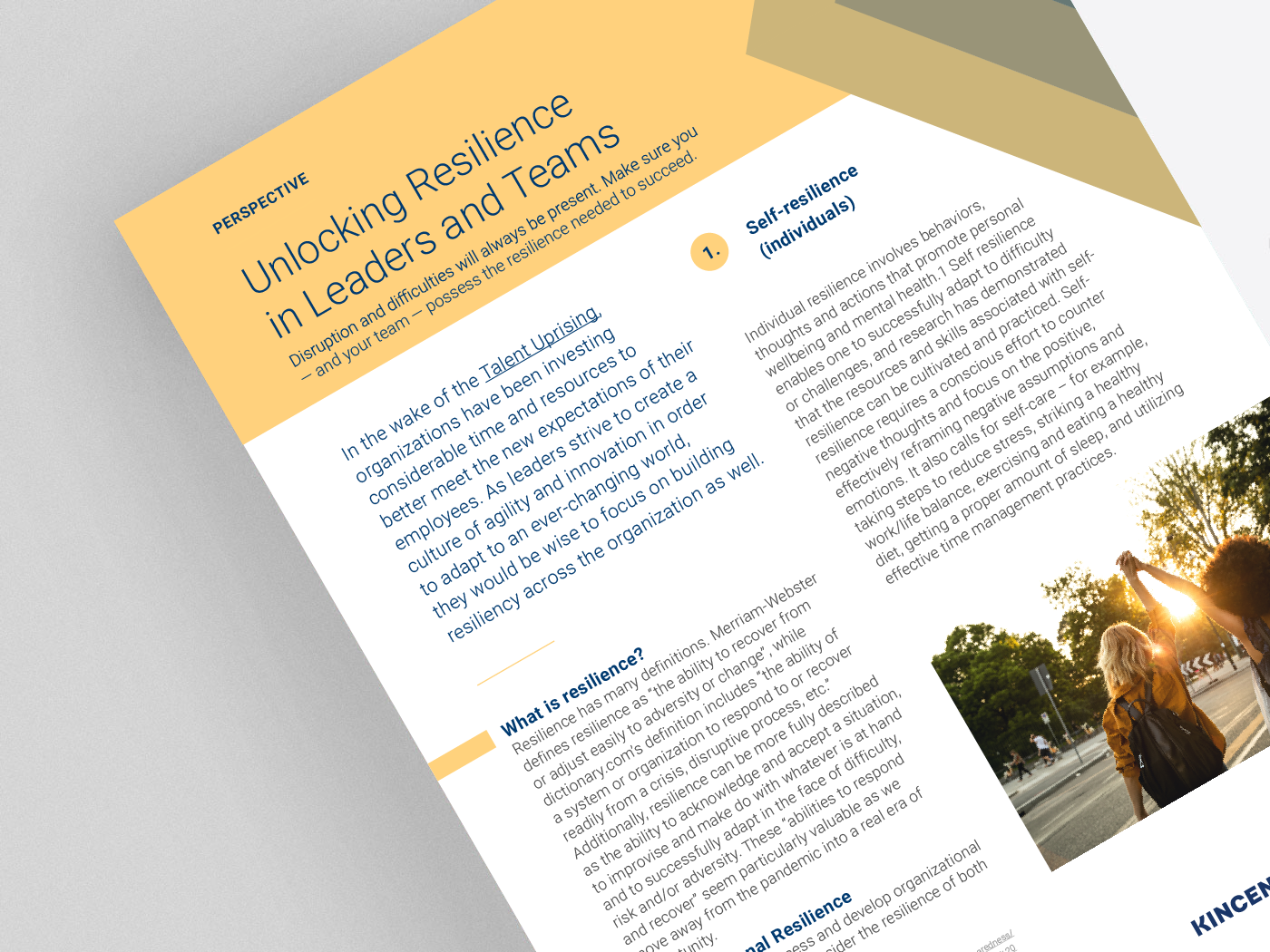
In the wake of the Talent Uprising, organizations have been investing considerable time and resources to better meet the new expectations of their employees. As leaders strive to create a culture of agility and innovation in order to adapt to an ever-changing world, they would be wise to focus on building resiliency across the organization as well
Resilience has many definitions. Merriam-Webster defines resilience as “the ability to recover from or adjust easily to adversity or change”, while dictionary.com’s definition includes “the ability of a system or organization to respond to or recover readily from a crisis, disruptive process, etc.” Additionally, resilience can be more fully described as the ability to acknowledge and accept a situation, to improvise and make do with whatever is at hand and to successfully adapt in the face of difficulty, risk and/or adversity. These “abilities to respond and recover” seem particularly valuable as we move away from the pandemic into a real era of opportunity.
When looking to assess and develop organizational resilience, you must consider the resilience of both individuals and of teams.
Individual resilience involves behaviors, thoughts and actions that promote personal wellbeing and mental health.1 Self-resilience enables one to successfully adapt to difficulty or challenges, and research has demonstrated that the resources and skills associated with self-resilience can be cultivated and practiced. Self-resilience requires a conscious effort to counter negative thoughts and focus on the positive, effectively reframing negative assumptions and emotions. It also calls for self-care – for example, taking steps to reduce stress, striking a healthy work/life balance, exercising and eating a healthy diet, getting a proper amount of sleep, and utilizing effective time management practices.

Individual resilience is also dependent upon one’s energy levels. There are several types of energy that we expend -- physical, emotional, mental and spiritual -- and there are numerous ways in which to conserve or improve the levels of each:
| TYPE OF ENERGY | RECOMMENDATIONS FOR IMPROVING ENERGY LEVELS |
|---|---|
|
Physical energy |
Set an earlier bedtime; exercise; eat smaller, more frequent meals; take regular breaks |
|
Emotional energy |
Use deep abdominal breathing to diminish negative emotions; express gratitude to others through emails, calls and conversations; build and maintain relationships both in and out of the office |
|
Mental energy |
Eliminate distractions like phone and email; schedule specific times to check throughout the day |
|
Spiritual energy |
Determine what activities give you the most energy; dedicate time and energy to what you find most important; adhere to your core values |
Leaders can take conscious steps to build the resilience of each of their direct reports using a model developed by the University of Pennsylvania’s Center for Positive Psychology and applied in training many thousands of leaders over the past two decades, including thousands in the military.
Their model, PERMA, identifies five dimensions that contribute to individual well-being and resilience2:
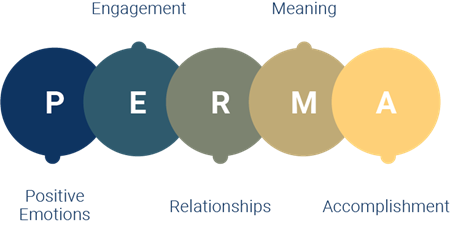
Each of these dimensions can be strengthened independently and measured separately, but resilience will grow stronger if all five dimensions are supported and developed. Using this model, leaders should consider these suggestions for helping to build resilience in each of their direct reports:
Team resilience can be defined as “the capacity of a group of people to respond to change and disruption in a flexible and innovative manner.”3 Collective resilience helps teams bounce back from challenges and provides them with the ability to withstand and overcome stressors in a manner that leads to sustained performance, making resilient teams more adaptive, flexible and collaborative. However, team resilience can be eroded by any number of both acute and chronic stressors. These can include difficult assignments with tight deadlines, insufficient resources, interpersonal conflicts, temporary or permanent changes to the team makeup or lack of clarity around the roles and responsibilities of each team member.
The resilience of a team can be assessed across five markers4:
The value of organizational agility and resiliency has been demonstrated time and again over the course of the pandemic. As Charles Darwin noted, “it is not the strongest of the species that survives, nor the most intelligent that survives. It is the one that is most adaptable to change”, and this can easily be applied to corporate survival as well. As we enter into a new era of opportunity, we can expect the rapid pace of change to continue, making resiliency critical for organizational success. Act now to ensure you – and the members of your team – have the resiliency needed now and in the future!
1. US Department of Health and Human Services
2. Margaret L. Kern, Lea E. Waters, Alejandro Adler & Mathew A. White (2015) A multidimensional approach to measuring well-being in students: Application of the PERMA framework, The Journal of Positive Psychology, 10:3, 262-71, DOI: 10.1080/17439760.2014.936962
3. Payne Resilience Training & Consulting, The 7Cs of Team Resilience
4. Alliger, G. M., Cerasoli, C. P., Tannenbaum, S. I., & Vessey, W. B. (2015). Team resilience: How teams flourish under pressure. Organizational Dynamics, 44(3), 176–184.
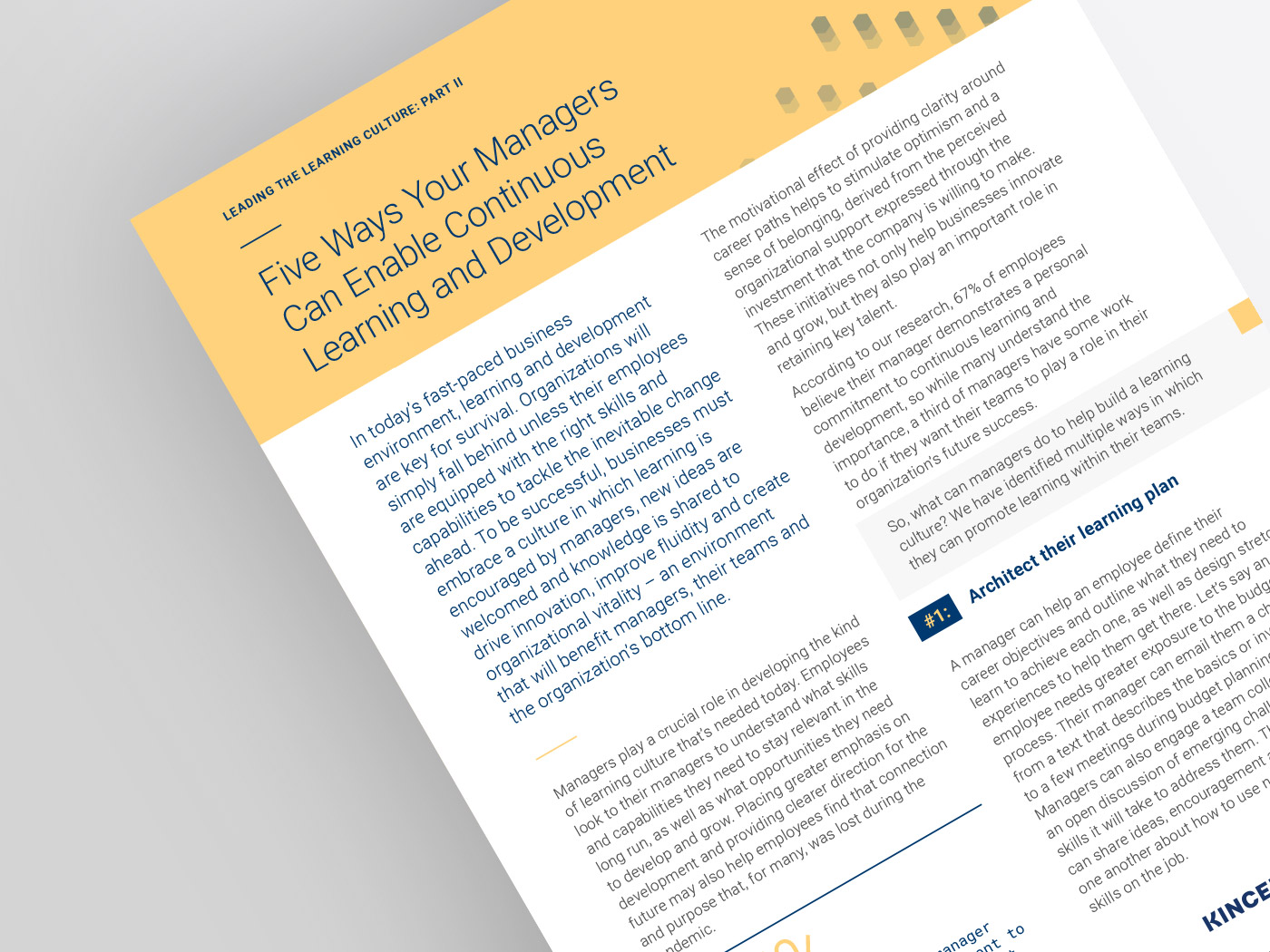
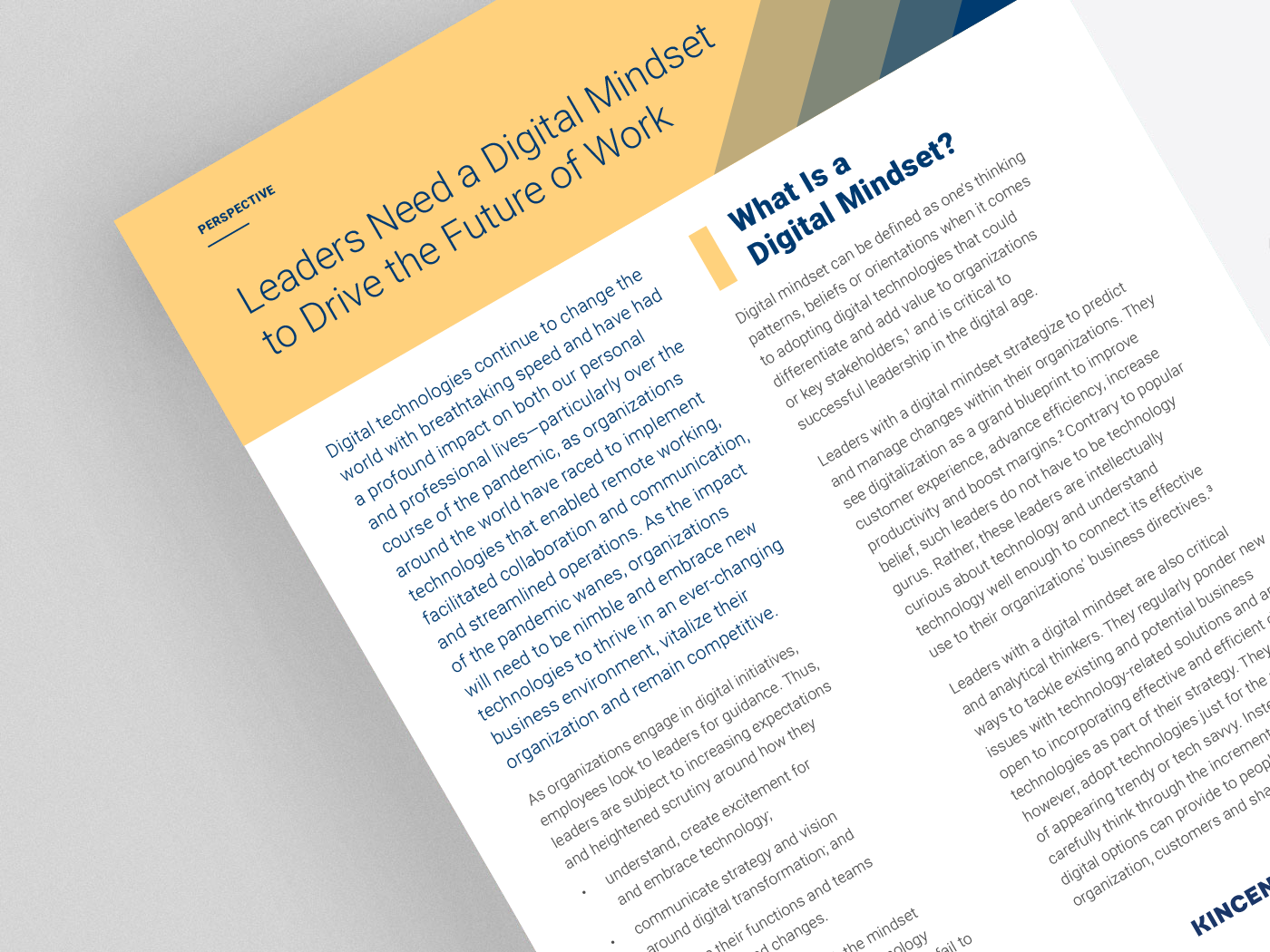
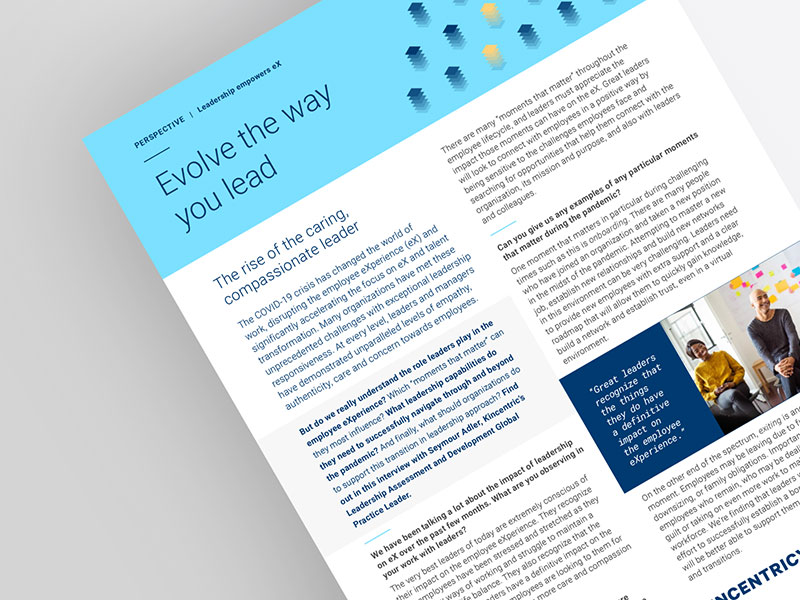
Many organizations have met the unprecedented challenges of COVID-19 with exceptional leadership responsiveness, demonstrating empathy, care and concern.
Want the latest insights delivered straight to your mailbox?